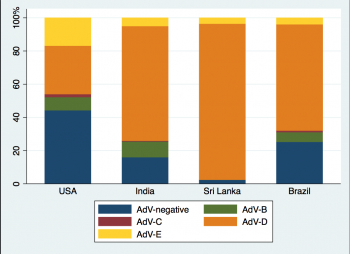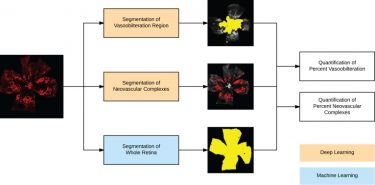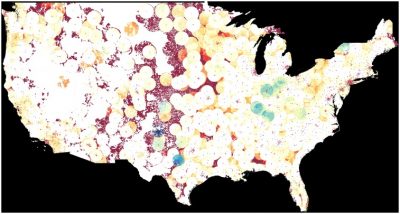In this large, national, multicenter study, the authors evaluated two drugs used to treat age-related macular degeneration, the leading cause of blindness in adults over 50 in the United States. The drugs, ranibizumab and aflibercept, are vascular endothelial growth factor inhibitors, and both are used to slow disease progression (and vision loss) by preventing choroidal neovascularization.
One known problem with these drugs is tachyphylaxis, or a weakening in response to the drug due to long-term or repeated exposure. Because of tachyphylaxis, clinicians sometimes change to a different drug hoping for a better effect, and the authors were interested in whether or not this strategy actually improved outcomes for patients. For a long time in the United Kingdom, ranibizumab was the only vascular endothelial growth factor inhibitor available through the National Health Service for treating age-related macular degeneration. When aflibercept became available, many patients in the UK switched from ranibizumab to aflibercept, which created a perfect population in which to study the effects of changing to a different drug after long term treatment with a vascular endothelial growth factor.
Continue reading "Visual acuity improvement when switching from ranibizumab to aflibercept is not sustained"




